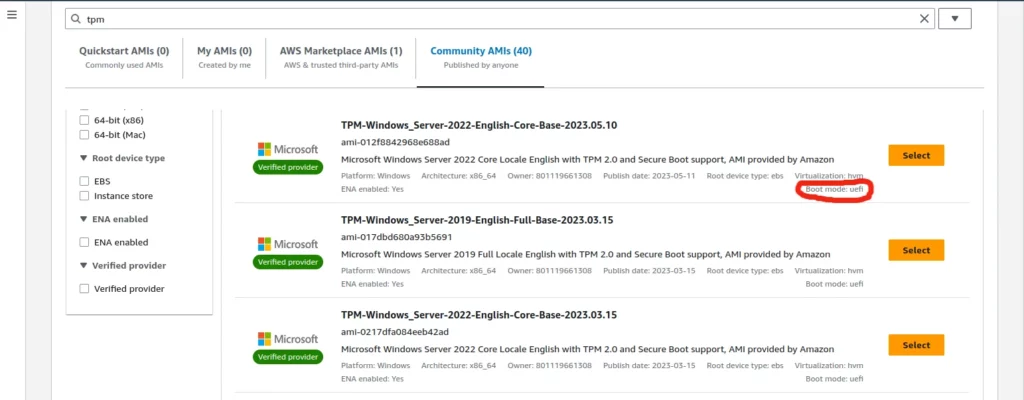One of our customers used the AWS cloud platform to host their Windows-based development server. This server was equipped with an electronic design automation (EDA) software that demanded significant system resources and storage capacity. Initially, the Windows boot volume was provisioned with 2TB of storage. However, over time, as the EDA software consumed increasingly more storage space during rendering processes, our customer requested an expansion of the Windows boot volume to 3TB.
Upon commencing the task, we quickly discovered that the current boot volume utilized the MBR partitioning scheme. MBR style of partition can only work with disk space not more than 2TB.
To surpass this constraint and make use of larger storage capacities, we decided to use the GUID Partition Table (GPT). GPT employs 64-bit addressing, enabling substantially larger partition sizes and accommodating disk sizes that surpass the 2TB limit.
In order to convert the current Windows boot volume to the GPT scheme, it is necessary to reformat the disk, resulting in data loss. To mitigate this, we could have backed up the data, added an additional EBS volume, converted it to the GPT scheme, and then recopied the data if it was a non-boot volume.
For users who are already using Windows Server 2019 or Windows Server 2022, the mbr2gpt tool can be used to address the MBR partition limitation. To know more details about this process, I recommend referring to the official AWS documentation provided below:
https://repost.aws/knowledge-center/ec2-windows-convert-boot-mode
Several third-party tools, such as MiniTool Partition Wizard, offer the capability to convert the MBR to GPT format without requiring disk formatting. However, it’s important to note that a license must be purchased to use this tool on a Windows Server operating system. In our case, we decided against exploring this option due to the licensing terms associated with the tool.
After careful consideration, we made the decision to launch a new EC2 server using the GPT scheme disk. This allowed us to recopy the data and configure the other applications accordingly. Although this approach required a few hours of effort, we opted for the server rebuild path. Additionally, we saw an opportunity to address some lingering issues that required an upgrade of the server operating system, allowing us to resolve multiple longstanding issues simultaneously.
Upon conducting a thorough examination of the AWS community AMI catalog, we discovered that AWS already provides Windows Server images that are UEFI boot enabled with GPT scheme support:

We decided to use the Windows Server 2022 Full Base operating system, enabling UEFI boot mode & GPT support. During the instance launch, we selected a 3TB volume in the EBS storage configuration section. After successfully launching the instance, we accessed the server via RDP and verified that the C drive displayed the expected total volume size of 3TB.
If you are seeking professional cloud platform consulting services, our team at Server Pundits offers expertise in various popular public cloud platforms including Amazon Web Services, Google Cloud, and DigitalOcean. Feel free to reach out to us if you are looking for any technical assistance.
